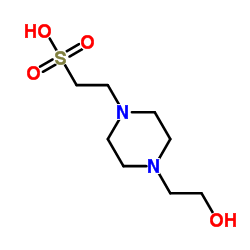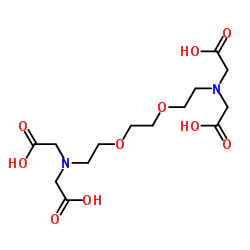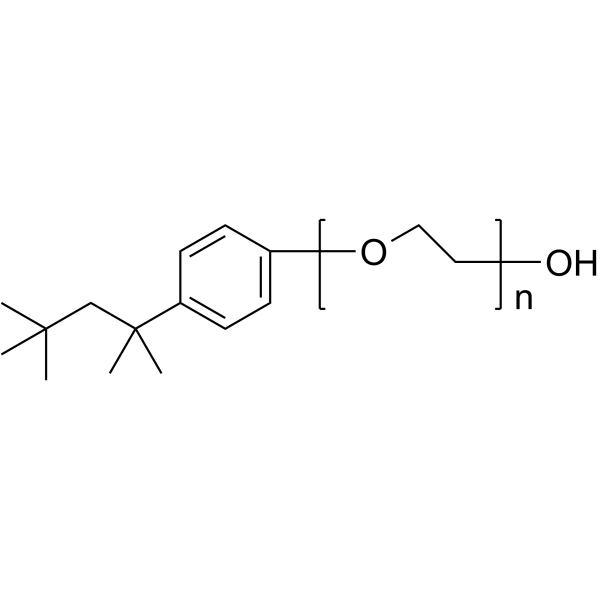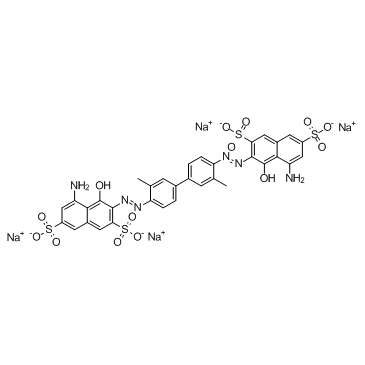Archives of Toxicology
2015-05-01
Raising awareness of new psychoactive substances: chemical analysis and in vitro toxicity screening of 'legal high' packages containing synthetic cathinones.
Ana Margarida Araújo, Maria João Valente, Márcia Carvalho, Diana Dias da Silva, Helena Gaspar, Félix Carvalho, Maria de Lourdes Bastos, Paula Guedes de Pinho
文献索引:Arch. Toxicol. 89(5) , 757-71, (2015)
全文:HTML全文
摘要
The world's status quo on recreational drugs has dramatically changed in recent years due to the rapid emergence of new psychoactive substances (NPS), represented by new narcotic or psychotropic drugs, in pure form or in preparation, which are not controlled by international conventions, but that may pose a public health threat comparable with that posed by substances listed in these conventions. These NPS, also known as 'legal highs' or 'smart drugs', are typically sold via Internet or 'smartshops' as legal alternatives to controlled substances, being announced as 'bath salts' and 'plant feeders' and is often sought after for consumption especially among young people. Although NPS have the biased reputation of being safe, the vast majority has hitherto not been tested and several fatal cases have been reported, namely for synthetic cathinones, with pathological patterns comparable with amphetamines. Additionally, the unprecedented speed of appearance and distribution of the NPS worldwide brings technical difficulties in the development of analytical procedures and risk assessment in real time. In this study, 27 products commercialized as 'plant feeders' were chemically characterized by gas chromatography-mass spectrometry and nuclear magnetic resonance spectroscopy. It was also evaluated, for the first time, the in vitro hepatotoxic effects of individual synthetic cathinones, namely methylone, pentedrone, 4-methylethcathinone (4-MEC) and 3,4-methylenedioxypyrovalerone (MDPV). Two commercial mixtures ('Bloom' and 'Blow') containing mainly cathinone derivatives were also tested, and 3,4-methylenedioxymethamphetamine (MDMA) was used as the reference drug. The study allowed the identification of 19 compounds, showing that synthetic cathinones are the main active compounds present in these products. Qualitative and quantitative variability was found in products sold with the same trade name in matching or different 'smartshops'. In the toxicity studies performed in primary cultured rat hepatocytes, pentedrone and MDPV proved to be the most potent individual agents, with EC50 values of 0.664 and 0.742 mM, respectively, followed by MDMA (EC50 = 0.754 mM). 4-MEC and methylone were the least potent substances, with EC50 values significantly higher (1.29 and 1.18 mM, respectively; p < 0.05 vs. MDMA). 'Bloom' and 'Blow' showed hepatotoxic effects similar to MDMA (EC50 = 0.788 and 0.870 mM, respectively), with cathinones present in these mixtures contributing additively to the overall toxicological effect. Our results show a miscellany of psychoactive compounds present in 'legal high' products with evident hepatotoxic effects. These data contribute to increase the awareness on the real composition of 'legal high' packages and unveil the health risks posed by NPS.









![4-(4-甲基哌嗪-1-基)-7-(三氟甲基)吡咯并[1,2-a]喹喔啉马来酸盐 结构式](https://image.chemsrc.com/caspic/369/1350965-83-1.png)